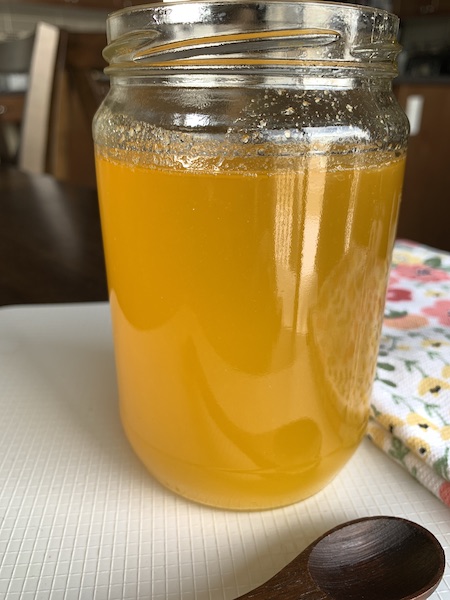
Ghee is a pure cooking fat that has surfaced in the West only recently but has been used in Indian cooking for thousands of years. It was and still is used in medicine and religious rituals. It is considered a super food in India and you will see why.
Ghee imparts a heavenly aroma and taste into any dish. You will be hooked once you start using it. My love affair with ghee started in my childhood – the smell of magical dishes created with ghee wafted throughout our home.
The best ghee to use would be one that is as pure as possible. I decided a while ago I must start making it myself. Until then, I was buying store bought ghee which by the way, is not a bad substitute at all. It’s just not exactly like the one you will make at home. Store bought ghee is also not as pure as the ghee you would make at home.
You will be hooked once you smell the aroma of food cooked with ghee. Let’s explore!
What exactly is ghee?
Ghee is clarified butter that is made by heating butter slowly until the fat separates from the milk solids. The mild solids are filtered off and the remaining golden liquid is a pure fat called ghee.
The liquid solidifies until is resembles butter. The texture is similar but not exactly as smooth as butter. The resulting semi-solid is just spooned out of a jar when ready to use.
Use ghee as a general health booster. It will imbibe your dish with a beautiful nutty flavour and aroma.
Health benefits of ghee
- Digestion: Ghee contributes to healthy digestion by repairing the stomach lining. You can benefit from this if you have any intestinal problems.
- Promotes heart health: ghee is high in monosaturated omega 3 fats so it can help reduce cholesterol and support your heart. Ghee is safer than other refined oils.
- Antioxidants: ghee neutralizes free radicals thanks to linoleic acid.
- Glowing skin: ghee has skin hydrating properties due to its fatty acids.
- Nasal congestion: according to Ayurveda, putting a little bit of ghee in the morning in the nostrils using a dropper can help with throat infections and a clogged nose. The ghee should be a lukewarm temperature for this. Consult an ayurvedic doctor before trying
- Immunity: Ghee is beneficial to the immune system
- Lactose intolerance: lactose intolerant individuals need not worry about consuming ghee as it is is lactose-free. The removal of milk solids ensures this. Yay!
Ghee or Butter – which is better?
Ghee has a higher smoking point than butter, olive oil and coconut oil. You might be asking yourself why this is even important. When fats are heated to 180C or higher, they create cancer causing compounds which you end up consuming. Not a great proposition if you ask me!
You can use ghee to bake, roast, fry, anything you would do with butter.
For those of you who are lactose intolerant or have casein sensitivities, ghee will be a better choice for you.
Ghee contains a higher concentration of healthy fat than butter which may contribute to its many health benefits.
This is a matter of personal preference but ghee might be more flavourful than butter. The flavour comes from browning the milk solids (see instructions below). While there is no significant difference in benefits other than the smoking point eliminating the cancer causing compounds to be created, you may want to consider the rich flavour and aroma ghee offers.
Nutritional attributes of ghee
1 tablespoon of ghee contains the following:
- 112 calories
- 13g of fat
- 0.12g protein
- 0.01g carbohydrates
- 0.01g sugar
- 0.1mcg Vitamin B12
- 107.5mcg Vitamin A
- 0.1mg Pantothenic Acid
- 10.7mg Choline
- 0.5mg Calcium
Is it vegan / dairy free?
Ghee is not vegan and is not dairy free. Even though the milk solids are removed, it still contains animal products.
If this is a consideration for you, you might want to consider using a vegan friendly butter for making ghee.
How to make ghee
Ingredients:
–2 blocks (xx grams) unsalted butter
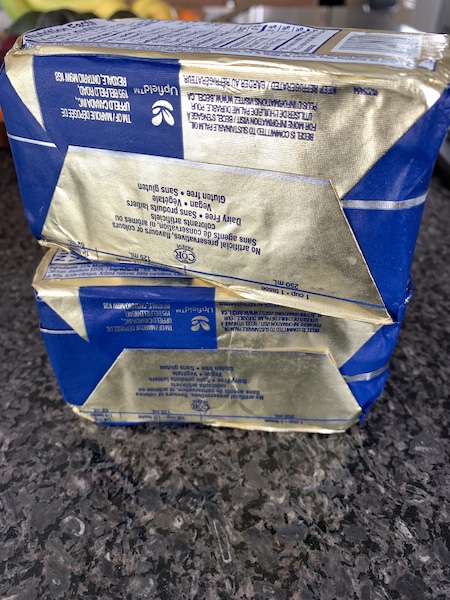
Rest assured that it is very simple to make ghee. You only need one ingredient: unsalted butter.
Cut two blocks of ghee into cubes. It is sufficient to cut each block into three or four portions but the smaller the cubes, the faster the ghee will melt.
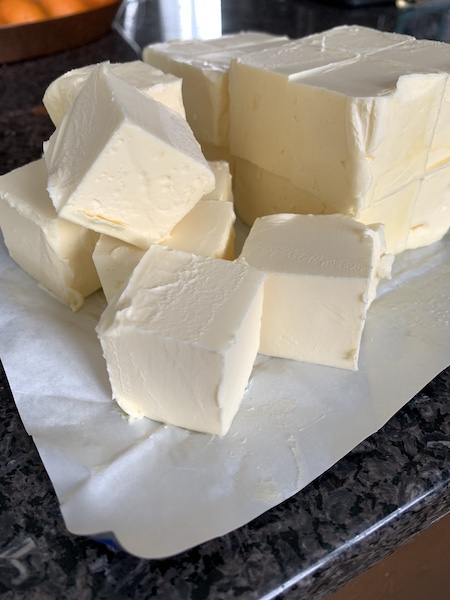
Add the butter into a deep and heavy pan (to ensure the butter does not overflow) and begin to heat on medium-low. If your pan is not deep, leave a ladle into the pot. The butter does bubble up quite a bit. That’ll do the trick.
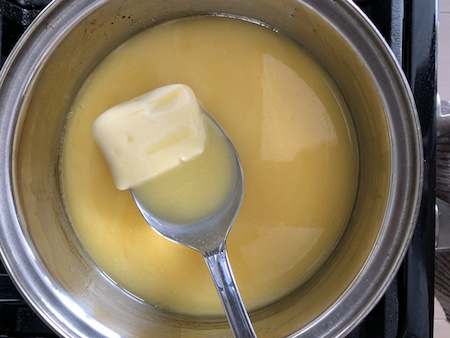
Continue heating until you see white froth. This is the poi when you want to reduce the heat to low. Keep stirring to a minimum.
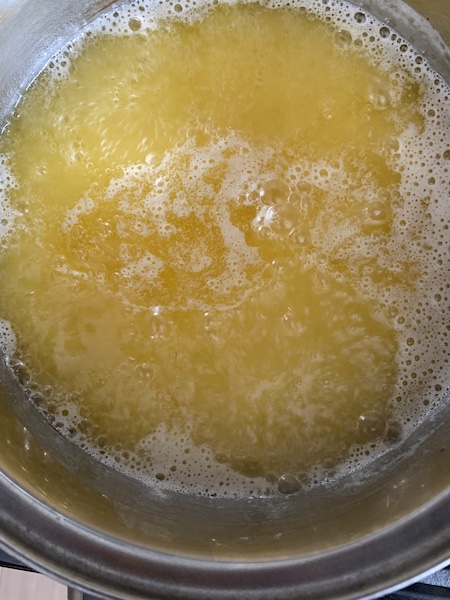
The butter should be bubbling and the froth will disappear in due time. Remove the froth if you wish.
After 10-15 minutes of simmering, you will notice the butter has become clear and milk solids separate and settle at the bottom of your pan. You can remove the pan when you notice the pieces of milk solids turning brown. This is an important step as allowing the solids to turn a light brown will add to the flavour as well as ensuring freshness for a longer time. Cool down the ghee in the pot for a couple of minutes.
Pour the ghee through a cheesecloth and sieve into a glass jar. You can use only a sieve but the cheesecloth with a sieve is generally more effective. Now you can leave it alone and let is cool completely.
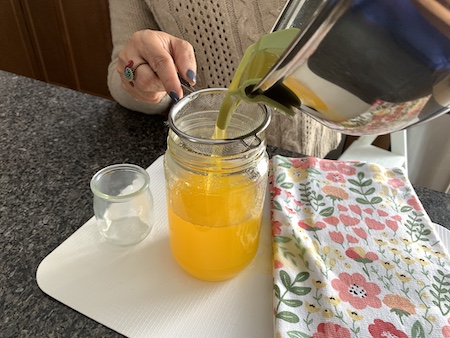

You can see from the two photos below that the ghee is a clear liquid right after it is strained. It becomes more solid after some time. I put it in the refrigerator once the liquid cooled down. Notice how the colour went from golden yellow to a brighter lemon coloured yellow!
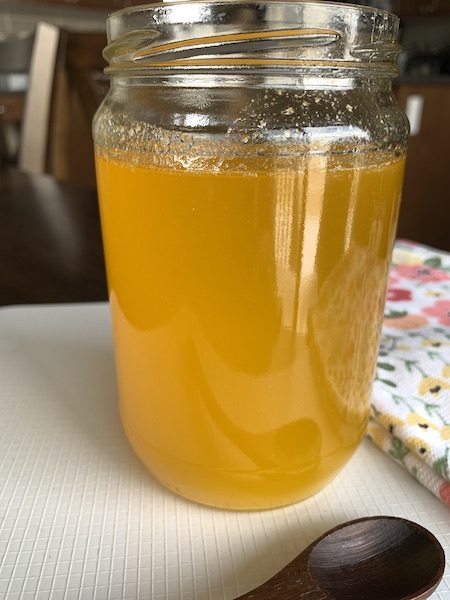
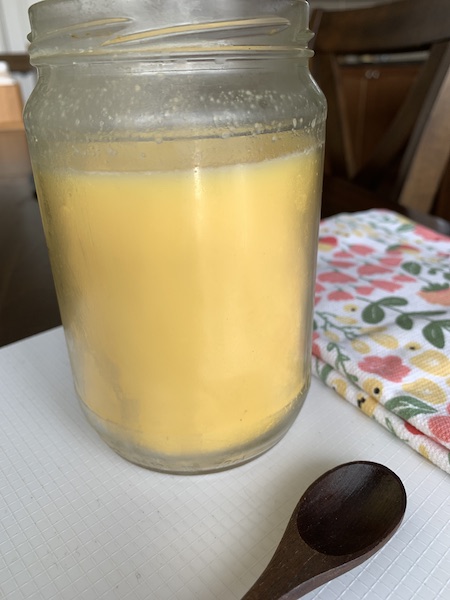
You can keep the ghee in the refrigerator for up to 6 months or in a cupboard for up to 2 months. The benefit of keeping it in the refrigerator is that it will last longer and the benefit of keeping it in a cupboard is that is will be easier to spoon out of the jar. Up to you!
*There is a more traditional method of making ghee which I have not included. It involves making your own butter and then using that to make ghee. This is, of course, a more desirable way to make ghee but I provided the shorter method.
Tips:
*Store the ghee in an airtight tar. Moisture will go bad.
*Use a heavy-bottomed pan to avoid burning the ghee.
*Use a size-appropriate pan. The more butter you use, the bigger your pan will be! If your pan is too big, you again risk burning it.
*Avoid over-cooking the ghee. It will change the chemistry of the liquid and you might burn the ghee.
*Resist the urge to heat the ghee on high temperature. It will burn!
Where can I buy ghee if I don’t want to make it?
You will find ghee in grocery stores in the international foods aisle. It is definitely available at Walmart. You can also, of course, just walk into any Indian grocery store and pick some up too!
Uses for ghee that might surprise you
Aside from frying, roasting and baking, there are other uses for ghee. Try some or all of these!
Spread: Replace butter with ghee as a spread on toast or bread.
Oatmeal: Ghee is a delicious addition to oatmeal. Just drizzle some on. Add
Popcorn: Replace butter with ghee on your popcorn.
Butter coffee: Never heard of butter coffee? I hadn’t either! I am too old to keep up with some of the new trends but believe me, this one is worth a try. A pretty health conscious cousin told me about it. It is dairy free so is great for people who are on a paleo or keto diet. It adds a certain creaminess to lattes. Try adding 1 tsp or even 2 tsp to your coffee. Blend until you see some foam. Voila!
Try it in savoury oatmeal: Try adding 1 tsp or even 2 tsp and whatever other ingredients you want to oatmeal for a different oatmeal experience.
Lip balm: You can moisturize chapped lips with a tiny amount of ghee.
Soften cuticles and hands: Leave on 20-30 minutes, wash and go.

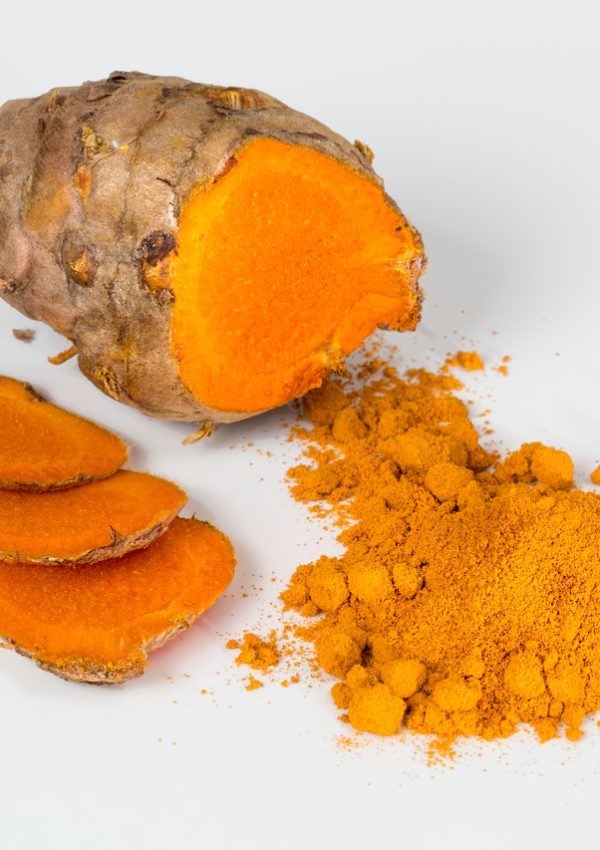
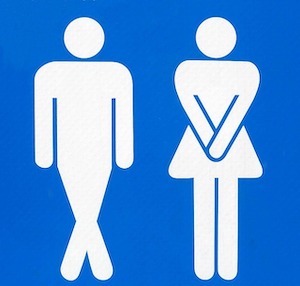
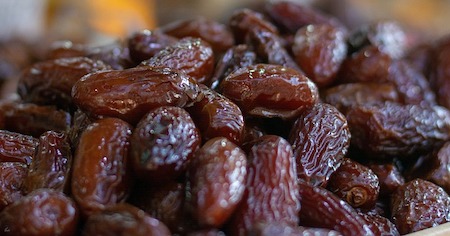

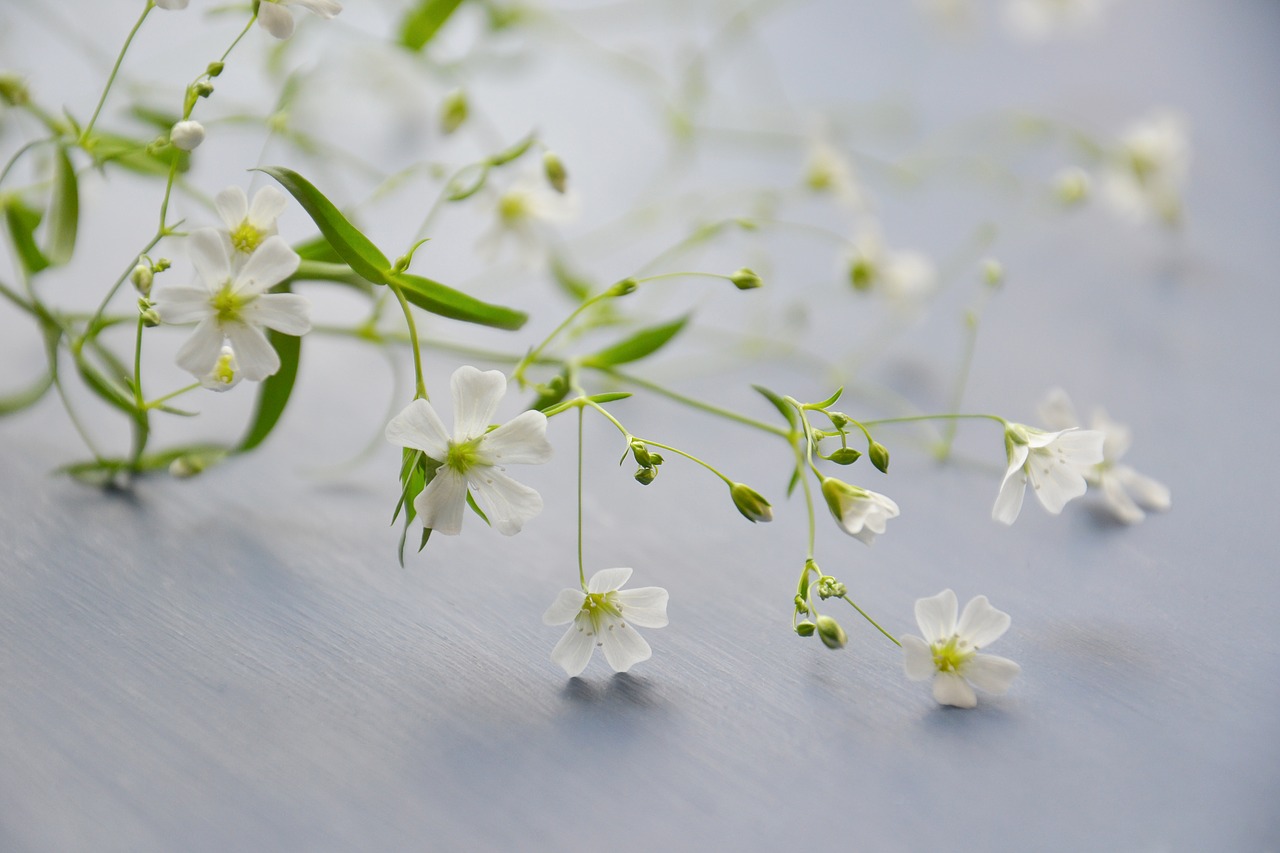
Leave a Reply